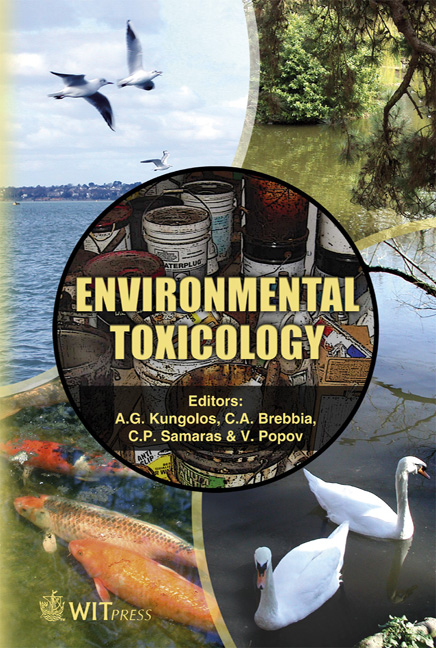Cytogenetical And Histochemical Studies On Curcumin In Male Rats
Price
Free (open access)
Transaction
Volume
10
Pages
12
Published
2006
Size
550 kb
Paper DOI
10.2495/ETOX060171
Copyright
WIT Press
Author(s)
A. El-Makawy & H. A. Sharaf
Abstract
Curcumin is a major component of the curcuma species, commonly used as a yellow coloring and flavoring agent in foods. Curcumin has been demonstrated to have potent antioxidant, anti-inflammatory activity and has shown anticancer properties in many rodent models. There is the perception that since compounds are natural, they are devoid of toxicity and safe to use. Some of the active compounds in supplements have inherent toxicity. In this study, five doses (0.5, 5, 10, 25 and 50 mg/kg/daily) of curcumin spice were orally administered to male rats daily for four weeks. The effect of curcumin was studied genetically by evaluation of chromosomal aberrations and micronucleus formation in bone marrow cells of male rats. Histopathological and histochemical investigations were studied in different tissues (liver, kidney) of males. The cytogenetical results showed that curcumin caused a statistically significant dose-dependent increase in the number of micronucleated polychromatic erythrocytes (MNPCEs) and in the frequencies of total chromosomal aberrations over the control. Also, results showed that there were significant differences between positive control and all curcumin-tested doses, except the dose of 50 mg/kg showed no significant difference. Histopathological results showed different degrees of alterations, as manifested by vacuolar degeneration in hepatocytes, tubular degeneration in renal tissues. We conclude that over use of curcumin spice may cause genotoxical and histopathological effects. Keywords: curcumin spice, ADI, bone marrow, chromosome aberrations, micronucleus polychromatic erythrocytes (MNPCEs), liver, kidney.
Keywords
curcumin spice, ADI, bone marrow, chromosome aberrations, micronucleus polychromatic erythrocytes (MNPCEs), liver, kidney.





